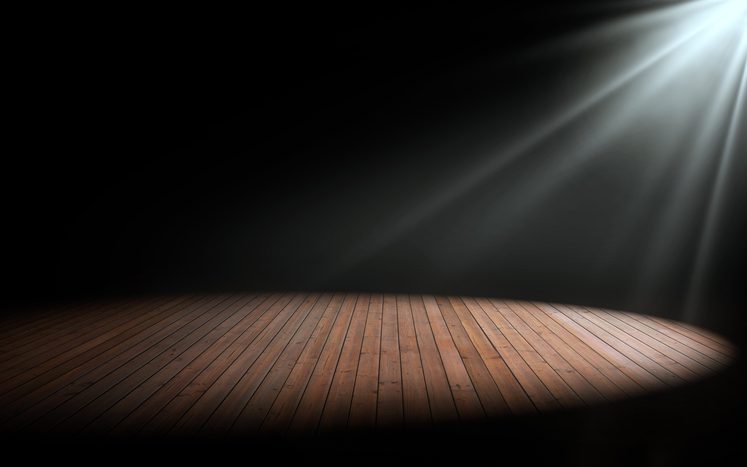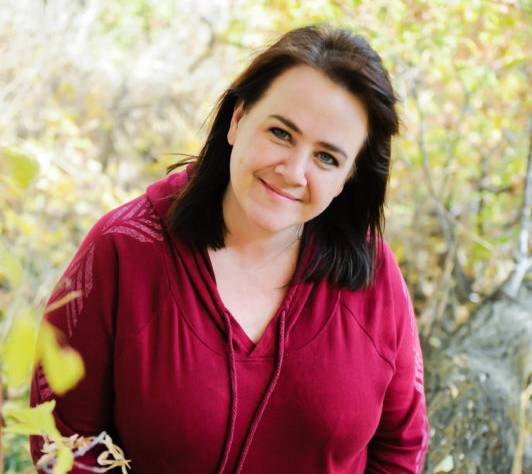What is the setting of a story? Setting is where the story takes place. It is the location such as a city, the countryside, the ocean and so on. Then the more specific setting, could be an apartment, a lighthouse, a tent. Setting is also the time. Does your memoir take place in the 1960’s? In what month or season does the story occur? Does your story take place in winter? Does it span many years, or does it cover a short season? Depending on your memoir, you can go even deeper into the setting. Does your story happen in a basement bedroom? A locked attic? A midwestern bar? An upscale art gallery? Setting is anything that impacts the environment.
Setting the scene is an important part of any great nonfiction work, but it is especially important for memoir. It is easy though for memoirists to forget that the setting is very important when they may be more focused on the story instead. The setting can be used to great effect in memoir to help create the mood and feeling tone to help carry the weight of the story in the right way. Memoir can’t create a setting. Memoir can only reveal the setting in a way that helps the reader understand its importance to the author.
Let’s say your memoir takes place at a farmhouse in Nebraska. The author writes about his discovery that he had been adopted as an infant. Growing up he felt he didn’t belong and was often confused. You can amplify the setting or angle it to serve the larger story of not fitting in or feeling like one doesn’t belong. Nebraska’s wide-open spaces and vast cornfields in which to get lost, could go a long way toward creating an atmosphere of disorientation that the author may have experienced as an adopted child.
Some examples:
- A humorous memoir can play up the oddity factor, or the paradoxical.
- A coming of age memoir can focus on how places can serve as initiations into adulthood.
- A medical memoir can use hospitals, monitors and medical apparatuses to explore the invasiveness and foreign takeover that disease can provoke.
There are so many interesting and creative ways to use setting to layer your story with depth and subtlety.
Try to answer these questions when considering setting. I think it is easier to answer these questions after at least one full draft of the story is complete. You will be able to see what emerged on its own and what you can do to increase the dramatic effect that setting can provide.
Geography:
- Where in the world does your story take place? What is the local culture? (i.e. small town, big city, art community, the projects etc.)
- What is the climate of this locale?
- How does the weather and culture of the setting mirror the protagonist or provide context for the protagonist’s conflict?
Time:
- What era does your memoir cover?
- What was going on in the wider world that, in hindsight, provides greater context to your story?
- How was the protagonist influenced by this?
Building or Structure
- Is there a building or structure in the story that can serve as a secondary character? (ex. Childhood home, a hospital, an outhouse, a chicken coop, etc.)
- Does this building show up regularly in the story?
- What would this building be like if it were a character? (Friend, enemy, silent witness, supporter, etc.)
The Five Senses
- Are there any consistent smells or odors that are part of your story? What does that smell mean to the protagonist?
- Is there a visual symbol that appears in your story with regularity that can be used to emphasis an idea or feeling? What does this symbol mean?
- What sounds impact the story, and what do those sounds mean to the protagonist?
- Texture and taste can also be used here. Think of anything in your story that the sense of touch or taste can be used and be intentional with its use.
My only caution here is that your intentionality doesn’t become artifice. The reader should feel like they are discovering this connection between character and setting. Overuse of this technique can be quite distracting for the reader and comes off amateurish.
Using setting is more than just painting the picture. Readers must see how the protagonist interacts with their environment or setting. How does it make them feel? What is their relationship to it? How does it change over time?
Setting is commonly overlooked as a writing device and is seen as nothing more than a backdrop, but it is a built-in character will greatly enhance your memoir and provide nuance and meaning to the story.


1 thought on “Setting the Scene in Memoir”
Your writing tips are so useful! Thank you!